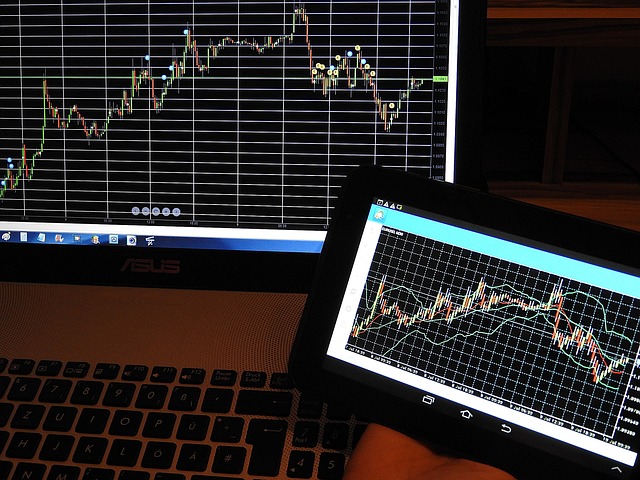The Fundamentals
Stock to flow Bitcoin is a concept that has garnered significant attention in the cryptocurrency community. This model, rooted in traditional commodities analysis, offers a framework for understanding Bitcoin’s value proposition and price potential. By examining the relationship between the existing stock of Bitcoin and the flow of new Bitcoins entering the market, investors and analysts can gain insights into its scarcity and long-term valuation.
What is the Stock to Flow Bitcoin Model?
The stock to flow (S2F) model measures the abundance of a resource by dividing the total stock by the annual production (flow). Originally applied to precious metals like gold and silver, this model has been adapted to Bitcoin by analyst PlanB, who published a pioneering article on the subject in 2019.
In the context of Bitcoin:
- Stock refers to the existing circulating supply of Bitcoin.
- Flow represents the new Bitcoins mined each year.
The S2F ratio is calculated by dividing the total circulating supply by the annual production. As of now, Bitcoin has a fixed supply cap of 21 million coins, and its flow is determined by the block reward, which halves approximately every four years in an event known as the „halving.“
The Mathematics Behind Stock to Flow Bitcoin
To grasp the stock to flow Bitcoin model, it’s essential to understand the underlying mathematics. Suppose the total circulating supply of Bitcoin is 18 million, and the annual production (flow) is 0.33 million (330,000 new Bitcoins). The S2F ratio would be calculated as follows:
S2F=Stock/FlowA higher S2F ratio indicates greater scarcity. For instance, gold has an S2F ratio of approximately 62, making it a scarce and valuable commodity. Bitcoin’s S2F ratio has been increasing over time, especially after each halving event, suggesting that its scarcity—and potentially its value—will continue to rise.
The Significance of Halving Events in Stock to Flow Bitcoin
Bitcoin’s halving events are critical to understanding the stock to flow Bitcoin model. Approximately every four years, the reward for mining a new block is halved, reducing the flow of new Bitcoins. This controlled supply mechanism makes Bitcoin an attractive digital asset for those concerned with inflation and currency debasement.
Historically, Bitcoin’s price has surged following halving events:
- First Halving (2012): Reduced the block reward from 50 to 25 Bitcoins, leading to a significant price increase in the following year.
- Second Halving (2016): Reduced the block reward from 25 to 12.5 Bitcoins, followed by another substantial price rally.
- Third Halving (2020): Reduced the block reward to 6.25 Bitcoins, coinciding with Bitcoin reaching new all-time highs.
Each halving decreases the rate of new Bitcoin entering the market, increasing scarcity and influencing the stock to flow Bitcoin ratio.
Predictive Power of the Stock to Flow Bitcoin Model
The stock to flow Bitcoin model has demonstrated predictive power in estimating Bitcoin’s price trajectory. PlanB’s original model predicted that Bitcoin’s market value would reach $1 trillion after the 2020 halving, implying a price of approximately $55,000 per Bitcoin. Remarkably, Bitcoin reached this valuation in early 2021.
However, while the S2F model has been accurate in the past, it is not without critics. Skeptics argue that the model oversimplifies the complex factors driving Bitcoin’s price, such as regulatory developments, technological advancements, market sentiment, and macroeconomic trends.
Criticisms and Limitations
Despite its popularity, the stock to flow Bitcoin model has several limitations:
- Oversimplification: Critics argue that S2F reduces Bitcoin’s valuation to a single factor—scarcity—overlooking other significant influences like demand, technological progress, and external market forces.
- Historical Data Limitations: Bitcoin’s relatively short history compared to traditional commodities means there is less data to validate long-term predictions.
- Market Anomalies: External factors, such as regulatory changes or market manipulation, can cause deviations from the S2F model’s predictions.
Moreover, as Bitcoin matures and its market dynamics evolve, the relevance of the S2F model may diminish. For instance, if Bitcoin’s primary use case shifts from digital gold to a medium of exchange or if significant technological changes occur, the model may need adjustments to remain applicable.
Practical Applications for Investors
For investors, the stock to flow Bitcoin model offers a framework for understanding Bitcoin’s scarcity and potential value over time. By examining the S2F ratio, investors can::
- Assess Scarcity: A high S2F ratio indicates high scarcity, which can translate to higher value.
- Identify Price Trends: Historical S2F data can help identify potential price trends and inform investment decisions.
- Timing Investments: Understanding the impact of halving events can help investors time their entries and exits in the market.
However, it is crucial for investors to use the S2F model in conjunction with other analytical tools and consider broader market conditions. Diversification and risk management remain essential components of a robust investment strategy.
The Future of Stock to Flow Bitcoin
As Bitcoin continues to evolve, the stock to flow Bitcoin model will likely undergo refinements to adapt to changing market conditions. Future halving events, increasing institutional adoption, and technological advancements such as the Lightning Network and sidechains may all influence Bitcoin’s S2F ratio and, consequently, its price.
Moreover, as more data becomes available and the cryptocurrency market matures, analysts may develop more sophisticated models that incorporate additional factors alongside the stock to flow ratio.
Conclusion
The stock to flow Bitcoin model has provided a valuable lens through which to view Bitcoin’s price dynamics and scarcity. By focusing on the relationship between existing supply and new production, the S2F model highlights Bitcoin’s unique value proposition as a deflationary asset. While it is not without its limitations, the S2F model remains a key tool for investors and analysts seeking to understand and predict Bitcoin’s market behavior.
As the cryptocurrency landscape continues to develop, the stock to flow Bitcoin model will undoubtedly remain a topic of debate and refinement, offering insights into the future potential of this groundbreaking digital asset.

















